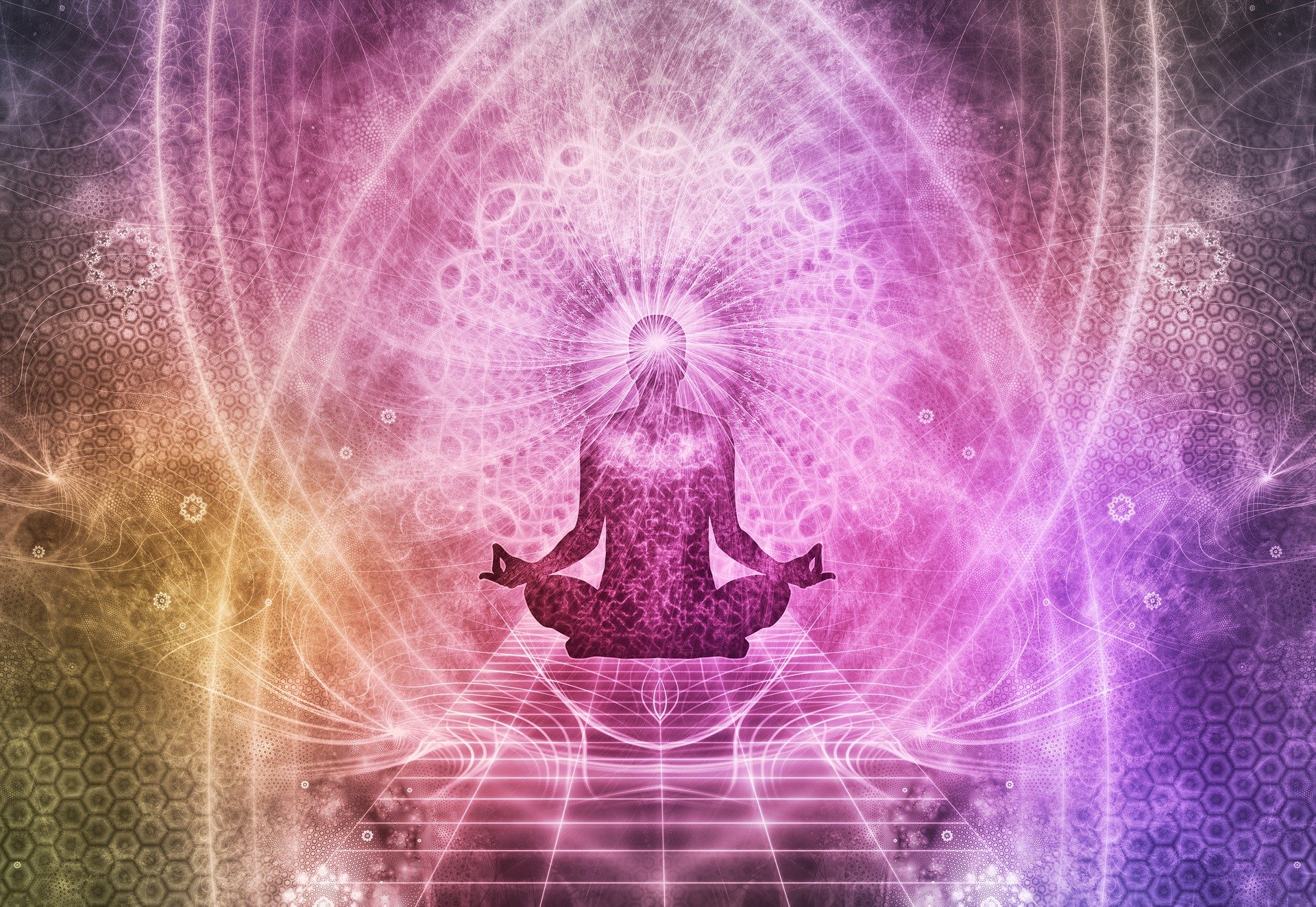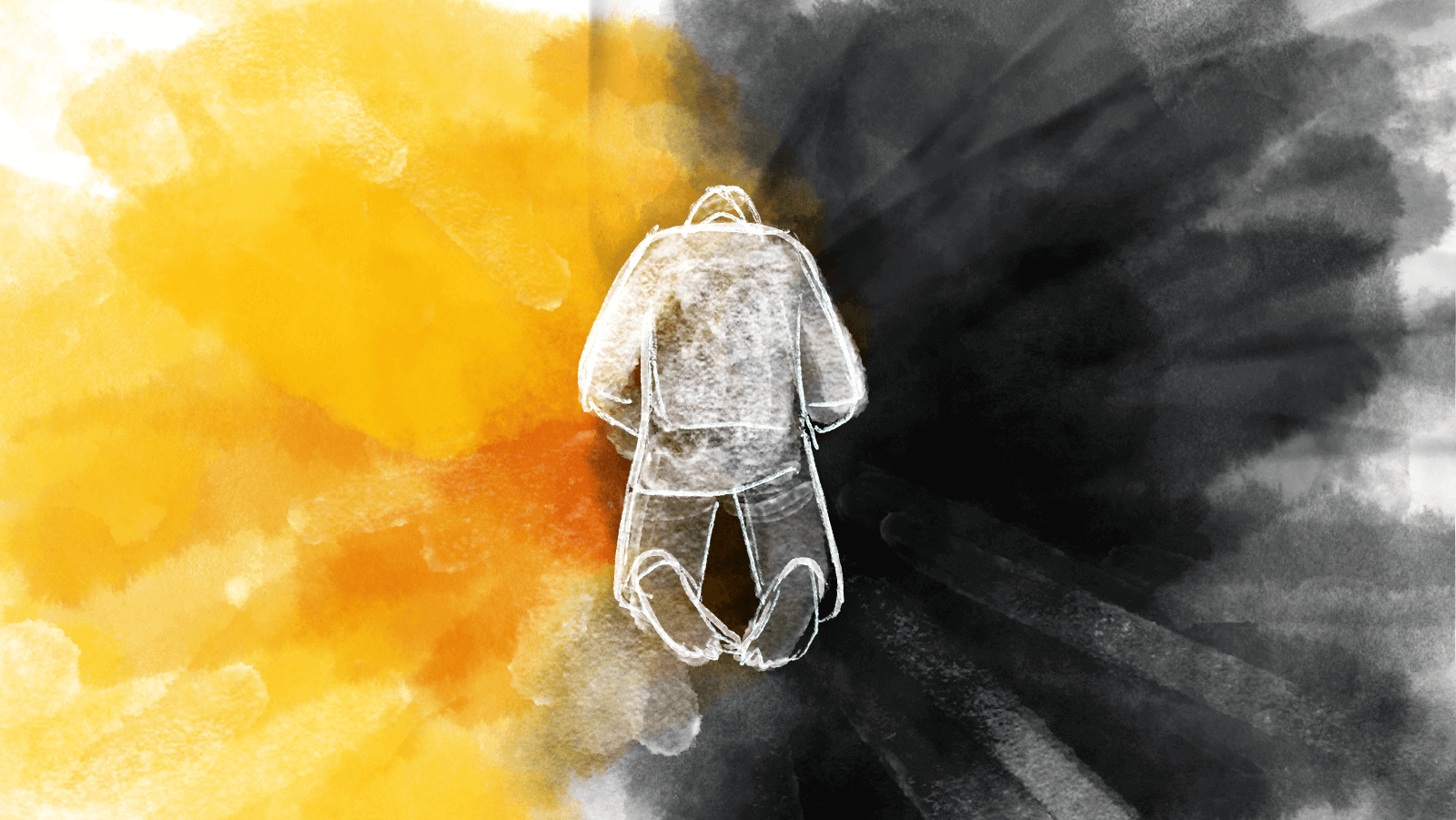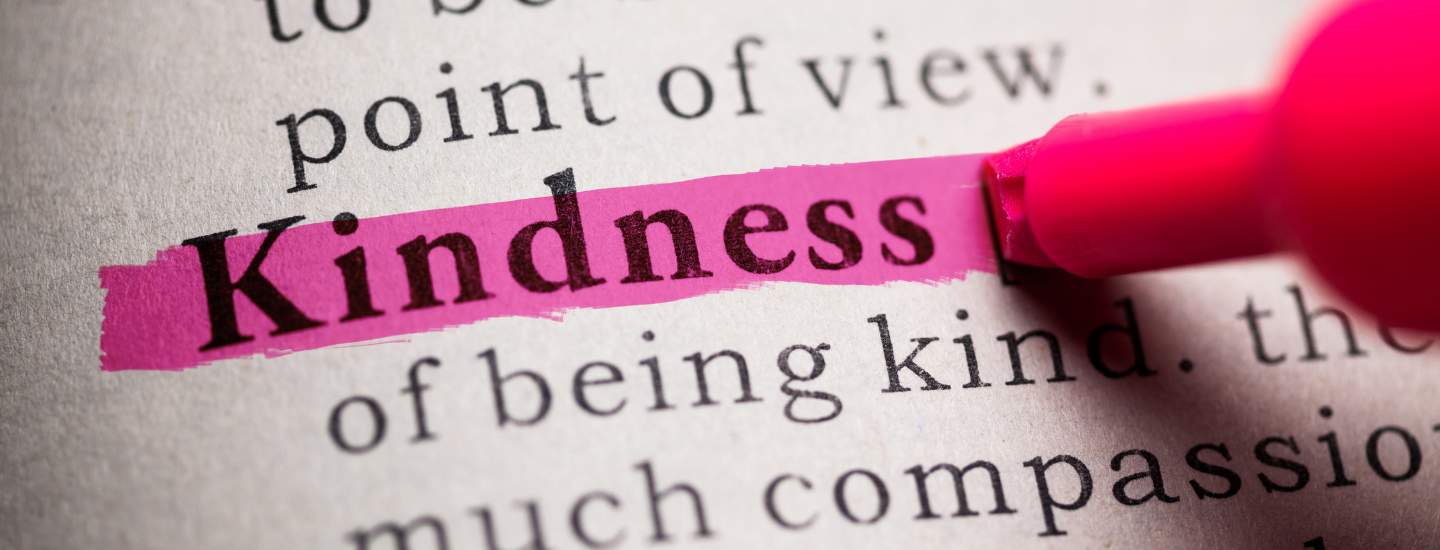LGBTQIA+ stands for lesbian, gay, bisexual, transgender, queer (or sometimes questioning), intersex, asexual, and others. The "plus" represents other sexual identities, including pansexual and Two-Spirit. The first four letters of the acronym have been used since the 1990s, but in recent years there has been an increased awareness of the need to be inclusive of other sexual identities to offer better representation.
 |
| Rainbow-Striped Pride flag |
The acronym is used to represent a diverse range of sexualities and gender-identities, referring to anyone who is transgender and/or same/similar gender attracted.
What Does Each Letter Mean?
- L (Lesbian): A lesbian is a woman/woman-aligned person who is attracted to only people of the same/similar gender.
- G (Gay): Gay is usually a term used to refer to men/men-aligned individuals who are only attracted to people of the same/similar gender. However, lesbians can also be referred to as gay. The use of the term gay became more popular during the 1970s. Today, bisexual and pansexual people sometimes use gay to casually refer to themselves when they talk about their similar gender attraction.
- B (Bisexual): Bisexual indicates an attraction to all genders. The recognition of bisexual individuals is important, since there have been periods when people who identify as bi have been misunderstood as being gay. Bisexuality has included transgender, binary and nonbinary individuals since the release of the "Bisexual Manifesto" in 1990.
- T (Transgender): Transgender is a term that indicates that a person's gender identity is different from the gender associated with the sex they were assigned at birth.
- Q (Queer or Questioning): Though queer may be used by people as a specific identity, it is often considered an umbrella term for anyone who is non-cisgender or heterosexual. But it is also a slur. It should not be placed on all members of the community, and should only be used by cisgender and heterosexual individuals when referring to a person who explicitly identifies with it. Questioning refers to people who may be unsure of their sexual orientation and/or gender identity.
- Intersex: A term to describe individuals who are born with variations of sex characteristics that do not fit with binary definitions of male or female bodies.1
- Asexual: Sometimes shorted to "ace," this term refers to someone who has little or no sexual attraction; they may, however, experience romantic attraction.
- + (Plus): The 'plus' is used to signify all of the gender identities and sexual orientations that are not specifically covered by the other five initials. An example is Two-Spirit, a pan-Indigenous American identity.
LGBTQIA+ Acronym Variations
Other acronym variations that are sometimes used include LGBTIQ (lesbian, gay, bisexual, transgender, intersex, and queer) and LGBTQQIP2SAA (lesbian, gay, bisexual, transgender, queer, questioning, intersex, pansexual, two-spirit (2S), androgynous, and asexual).
History of the LGBTQIA+ Acronym
Where a variety of orientations and identities had previously been referred to as "the gay community" and later "the gay and lesbian community," the acronym eventually evolved as a way to be more inclusive of other identities.
Why has the acronym changed over time? One important thing to remember is that words and meanings are always evolving. Bisexual, as defined by Sigmund Freud, originally meant a person was both a man and a woman. Being both a man and a woman is now referred to as bigender (under the transgender umbrella), and bisexuality is attraction to multiple/all genders
Why the “Plus” Matters
While variations such as LGBT or LGBTQ are often used, many advocates argue that the addition of the “plus” is important and should not be overlooked. The purpose of the acronym is to represent the tremendous diversity of people who are same/similar gender attracted and transgender. The addition of the plus is better able to fully capture that diversity.
“Coverage of LGBTQ issues has moved beyond simplistic political dichotomies and toward more fully realized representations, not only of the diversity of the LGBTQ community, but also of LGBTQ people’s lives, their families, and their fundamental inclusion in the fabric of American society,” explains GLAAD, or the Gay & Lesbian Alliance Against Defamation.
Related Terms to Know
Some other terms that you may see or hear related to the LGBTQIA+ community include:
- Cisgender: This term refers to individuals whose gender identity corresponds to the gender associated with the sex they were assigned at birth.
- Nonbinary: A person whose gender identity is neither exclusively woman or man.
- Gender nonconforming: An individual whose gender identity or expression is outside or beyond the traditional masculine/feminine and woman/man norms.
A person's gender identity is their internal sense of gender, whether that is woman, man, or a nonbinary gender. A person's gender identity does not necessarily correspond to their sex assigned at birth or with their gender expression.
It is also important to understand that gender is not the same as sex. Sex is biological, while gender is influenced by social, cultural, and environmental factors.
Why LGBTQIA+ Representation Matters
The LGBTQIA+ acronym serves an important purpose—not only is it designed to be more inclusive, but it also represents the self-identities of people who are transgender and/or similar gender attracted.
Inclusivity
The use of the acronym is intended to be an all-encompassing way to recognize different gender identities and sexual orientations. The addition of other identities to the LGBT acronym also plays an important role in recognizing and connecting them to a larger community.
It also means that these individuals are able to gain greater recognition by society as a whole. Rather than being erased, ignored, or denied, acknowledgment can help foster greater visibility of marginalized identities.
Visibility
Visibility can also help create a greater sense of self-affirmation of a person's identity. Research has found that offering inclusive and affirmative environments is important for LGBTQ+ youth.5
Research also suggests that despite safety concerns, being visible as a member of the LGBTQ+ community can be an important way to feel a sense of pride in individual identity.6 Affirming self-identity can help people feel greater self-esteem, self-worth, and boost overall mental well-being. This can be particularly important since representation has long been lacking in mainstream media.
The good news is that there have been improvements made in recent years to change this. A recent GLAAD report suggests that the representation of LGBTQ characters and relationships on television is higher than ever previously seen on TV.7 This includes greater diversity and visibility of non-binary identities, although the report notes that BIPOC characters are still underrepresented.
Research and statistics suggest that LGBTQ+ youth have an increased risk of a range of mental health and social issues, often due to or exacerbated by isolation, marginalization, and discrimination based on their orientation or identity.6 Fostering inclusivity and acceptance may be one way to help combat some of these issues.
Uses of the LGBTQIA+ Acronym
The acronym LGBTQIA+ has become more popular and accepted. Terms such as queer are sometimes used as well, but not all members of the community are comfortable with it as it is still a slur.
When to Use It
So how do you know when to use the term LGBTQIA+?
- The purpose of the term is to be inclusive of all same-gender attracted and trans people.
- Use a specific term if you are talking about issues that may be specific to a particular orientation or identity.
- Be specific when talking about individuals. LGBTQIA+ is also an adjective for the community as a whole, not for a single person. For example, you wouldn’t say “Ali is LGBTQIA+”—you’d say “Ali is gay.”
- While LGBTQ+ on its own is the most commonly used and probably widely recognized, LGBTQIA+ is more inclusive to the larger community. Even more inclusive variations exist, such as LGBTQI2S (which represents lesbian, gay, bisexual, transgender, questioning, queer, intersex, and Two-Spirit). Indigenous people created the term Two-Spirit to separate themselves from Western descriptions of gender and sexual identities, and some feel it is disrespectful to attach Two-Spirit to the acronym because of that.
Regardless of what terms people choose to use, what matters is that people have choice in self-identification and that others acknowledge that identity. If someone tells you how they identify, focus on honoring their individual identity.
If you are interested in learning more about what terms and phrases should be avoided, GLAAD, the Gay & Lesbian Alliance Against Defamation, has a reference page that offers helpful information on LGBTQ terms as well as information on terms that are specific to the transgender community.
Challenges
While the goal of this initialism is to raise visibility and boost inclusivity, not everyone agrees about what term or variation to use. The community has been referred to by many words over the years, including many that were intended to be hurtful. So it’s not unusual that the self-descriptors that people use can vary, particularly when it comes to issues related to self-expression, sexuality, and identity.
LGBT is still prevalent in use and may be preferred by some who feel that the four-letter acronym is a simpler way to represent a wide range of identities.
Others may feel left out from the standard four initials, which is why the addition of Q, I, A, and “Plus” can be helpful.
This doesn’t mean that terminology won’t continue to evolve and shift, particularly as people work to achieve greater representation and acceptance of transgender people especially.
LGBTQIA+ Resources
If you are interested in learning about LGBTQIA+ issues, there are a number of resources available that can help.
- 1- The Trevor Project
- 2- Gay, Lesbian & Straight Education Network (GLSEN)
- 3- National Center for Transgender Equality (NCTE)
The goal of using more inclusive terms like LGBTQIA+ is to improve visibility, recognition, and acceptance. It is important to remember that LGBTQIA+ people continue to face discrimination. Transgender and gender-nonconforming individuals, in particular, are frequently the target of social and economic marginalization as well as harassment and violence.9
Terms and definitions are always evolving. When it comes to something as personal as sexuality and gender identity, these terms and definitions can mean different things to different people. While working to understanding and use terms such as LGBTQIA+ can help increase the visibility of people who have faced marginalization and discrimination, it is important to remember that the most important labels or definitions are the ones that people give to themselves.














